Great cooking—at the restaurant or at home—is all about the ingredients. I’m not only talking quality (that’s its own topic), I’m talking about those ingredients that just add a little something to any dish. The ingredients that I cannot live without.
Obviously, bacon is on that list. Do we even need to discuss that? (Considering we go through 50lbs of bacon a week at the Wine Bar, I think everyone knows bacon is on the list.)
But there are other ingredients I add to my dishes that elevate the entire experience. After all, what is the point of eating blah food when it takes virtually no effort to make it great?
My favorite ingredients are:
- Chilies,
- Roasted garlic,
- Roasted pepitas,
- Citrus, and
- Bacon (of course)
Here are some of the ways I incorporate these flavorful beauties into everything I cook.
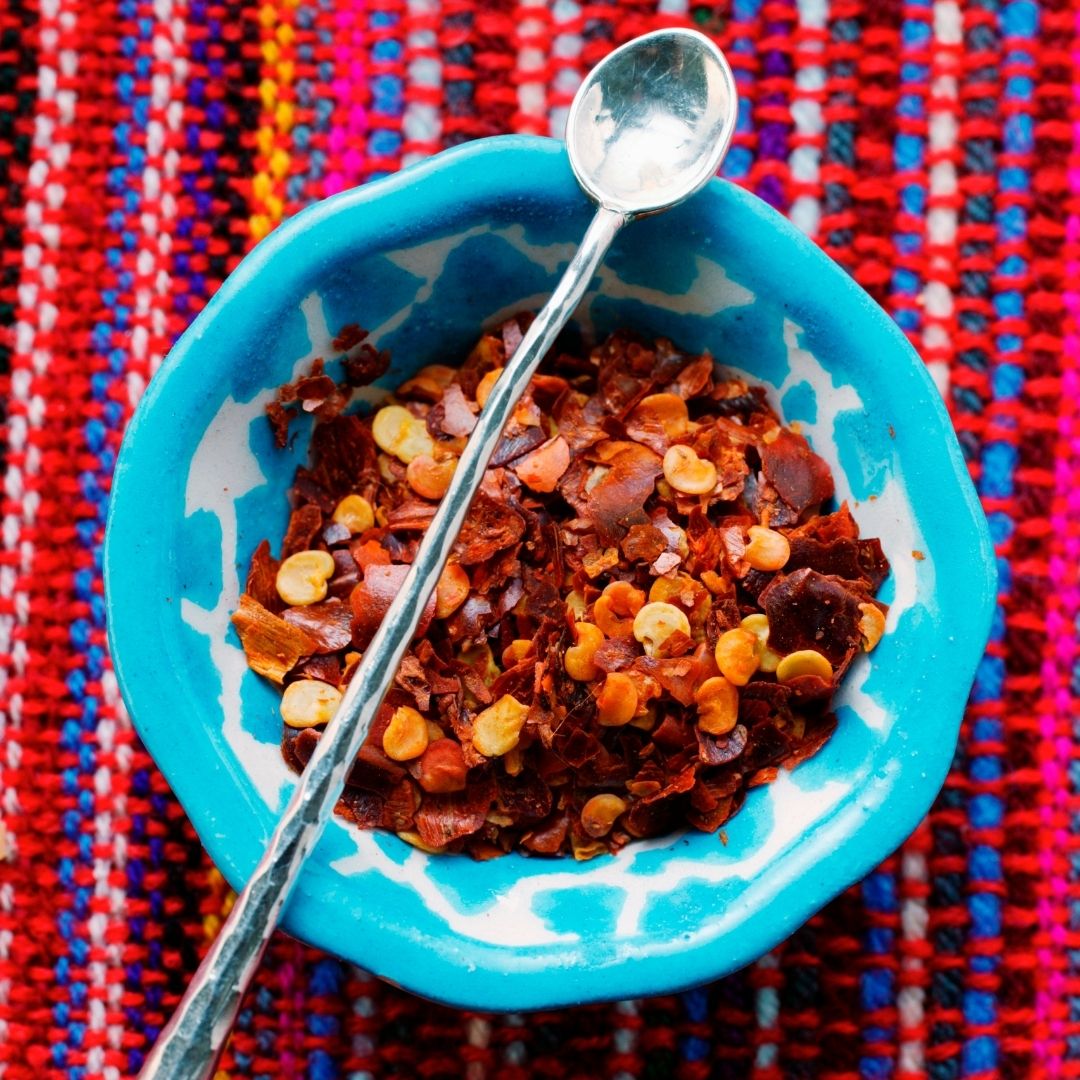
Chilies
Chilies are insanely versatile, and for the gardeners among you, they grow well in Virginia. I notice most people default to eating jalapenos. Those are great for sure. But there are also pablanos, serranos, habaneros… the list goes on. Check out this list of peppers from Epicurious.
I can’t say which chili peppers you need to keep on hand because they affect people differently. An ex of mine put jalapenos on everything, even though he instantly broke out in sweat when he had a bite. I taste the heat in jalapenos, but they don’t affect me. But Serranos! Serranos get me and I like it. The capsicum is addictive.
That said, chilies don’t have to have heat to be flavorful.
In my kitchen I use chili pepper flakes and hot sauce. Look at our menu and you will notice how many items include them.
So, how should you use them? If nothing else, get chili pepper flakes and start putting them on EVERYTHING. Seriously. A dash (less than a ¼ teaspoon) adds just a little something special. I sprinkle them on avocado toast, roasted chicken, salads. They’re easy to make if you have a favorite type of pepper you’d like to use. Here is one recipe I found.
Hot sauce is another great use for chilies. One drop of sauce can transform the flavor profile of your dish. Try it out. Take a bite of your chicken with and without a drop of hot sauce.
Right? It’s good.
Hot sauce is also easy to make. Just be careful handling the peppers, and make sure the lid is on the blender. A friend ended up with hot sauce all over the kitchen because the lid wasn’t tight. What a mess. Here is a general recipe for hot sauce.
And I do like a good mole sauce made with dried chilis. Yum.
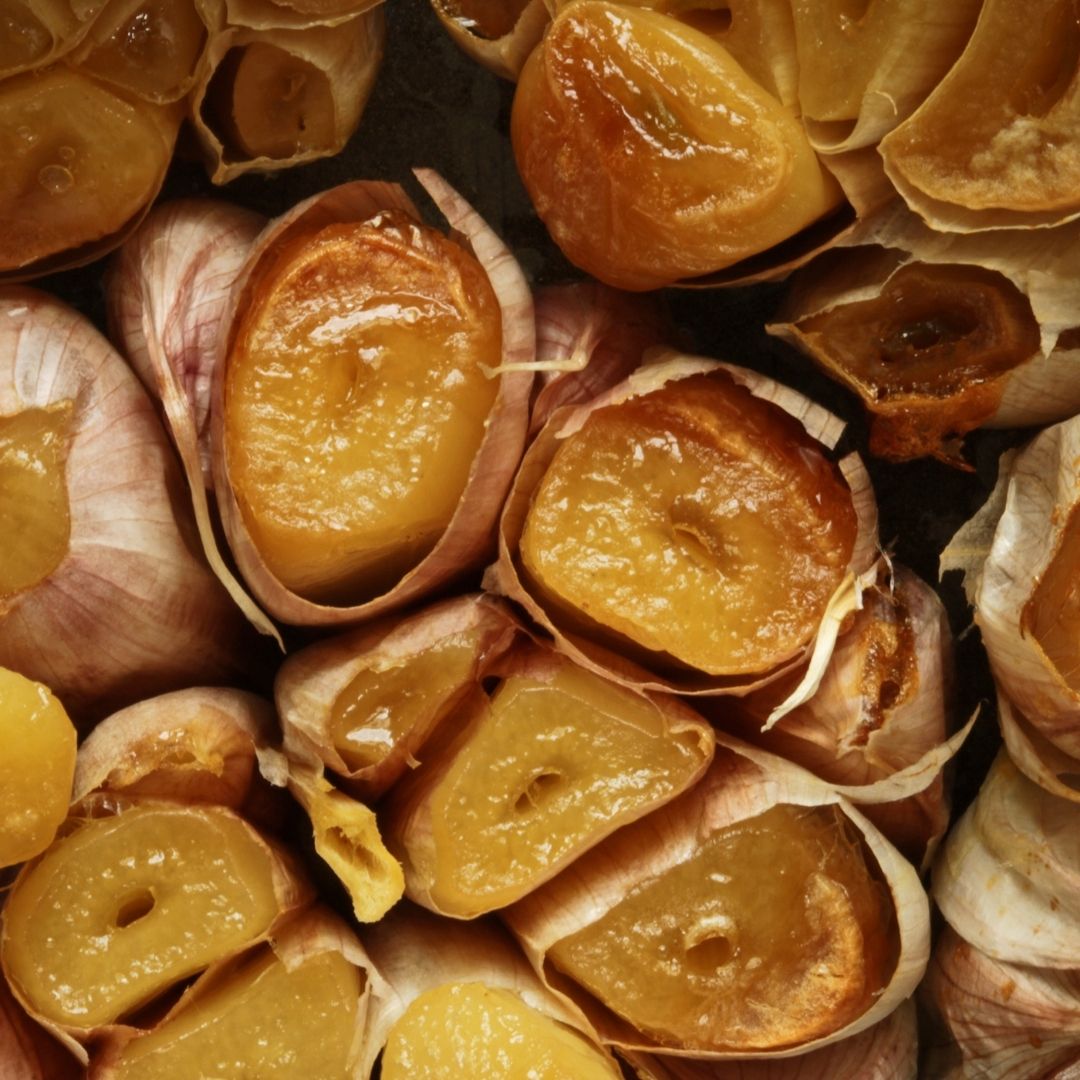
Roasted garlic
Roasted garlic spread on toast. Literally a slice of heaven.
But why go to the trouble of roasting garlic? Because it concentrates the sugars in the garlic, caramelizing it and transforming it into a spreadable, buttery delicacy with sweet, deep, and complex flavors. Roasting the garlic also removes all the pungent taste (and smell). That’s right—you can eat a head of roasted garlic without offending anyone!
Spreading it on toast isn’t the only thing you can do with it. I use it in sauces, hummus, and dressings. I’ve even been known to put entire roasted garlic cloves on my salads. You can also use it in mashed potatoes, add it to butter or mayonnaise, or eat it plain.
You can either roast the whole head or you can peel it and roast the cloves, which is what I usually do so I can use that garlic infused oil in other aspects of my cooking and dressings. Here are directions for roasting the whole head and here are directions for roasting the cloves.
If it seems like a lot of work, you can make it and store it. It will last three to four days in the fridge. If you need it to last longer, submerge the cloves in olive oil in a sealed jar and place in the fridge for up to 10 days.
You can also freeze it. I put it in ice cube trays. It’s easy and I usually have the right amount for my recipe.
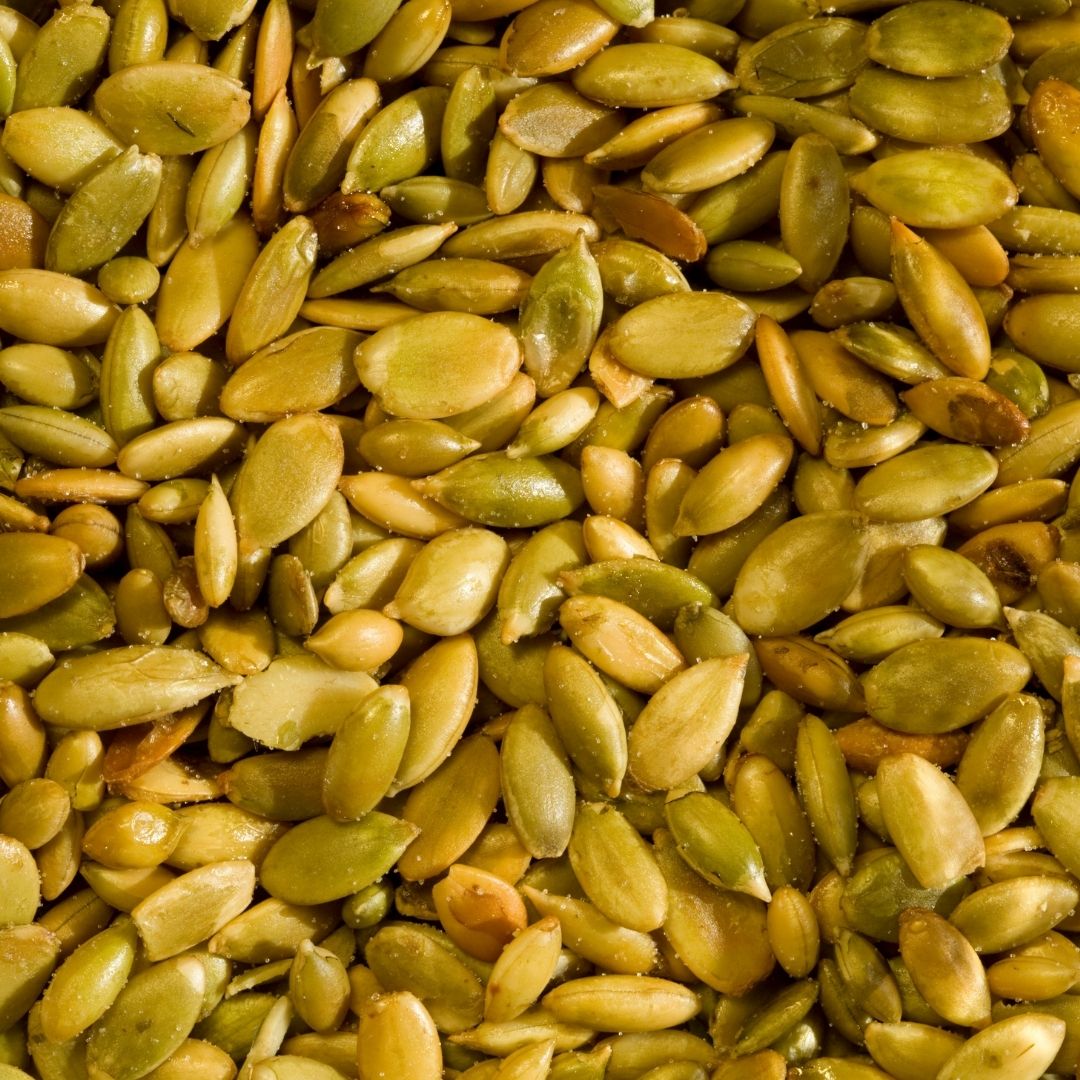
Roasted pepitas
Most dishes can do with a little crunch. It adds texture and interest to the dish. That’s why I sprinkle roasted pepitas on our salads and many other dishes.
If you don’t know what pepitas are, let me enlighten you. They are the inside part of a pumpkin seed. They are a great source of magnesium and omega 3 fatty acid. And they’re a little sweeter than pumpkin seeds.
Despite their nice flavor, they won’t overwhelm whatever you’re sprinkling them on. They just add that little crunch.
Roasting them is easy. When you’re done, store them in a sealed container. They will last a week or so on the counter.
You’ll need 2 cups of raw pepitas, 2 tsp olive oil, and 1 tsp sea salt.
The steps to roasting them are:
- Preheat oven to 350 degrees Fahrenheit.
- Mix the pepitas and oil in a bowl. Stir until the oil has coated all the seeds.
- Stir in the salt.
- Spread the pepitas onto a lined baking sheet.
- Bake for about 10 minutes. They will start to snap, crackle, and pop, expanding to a puffed shape when done.
- Try not to eat them all in one sitting.
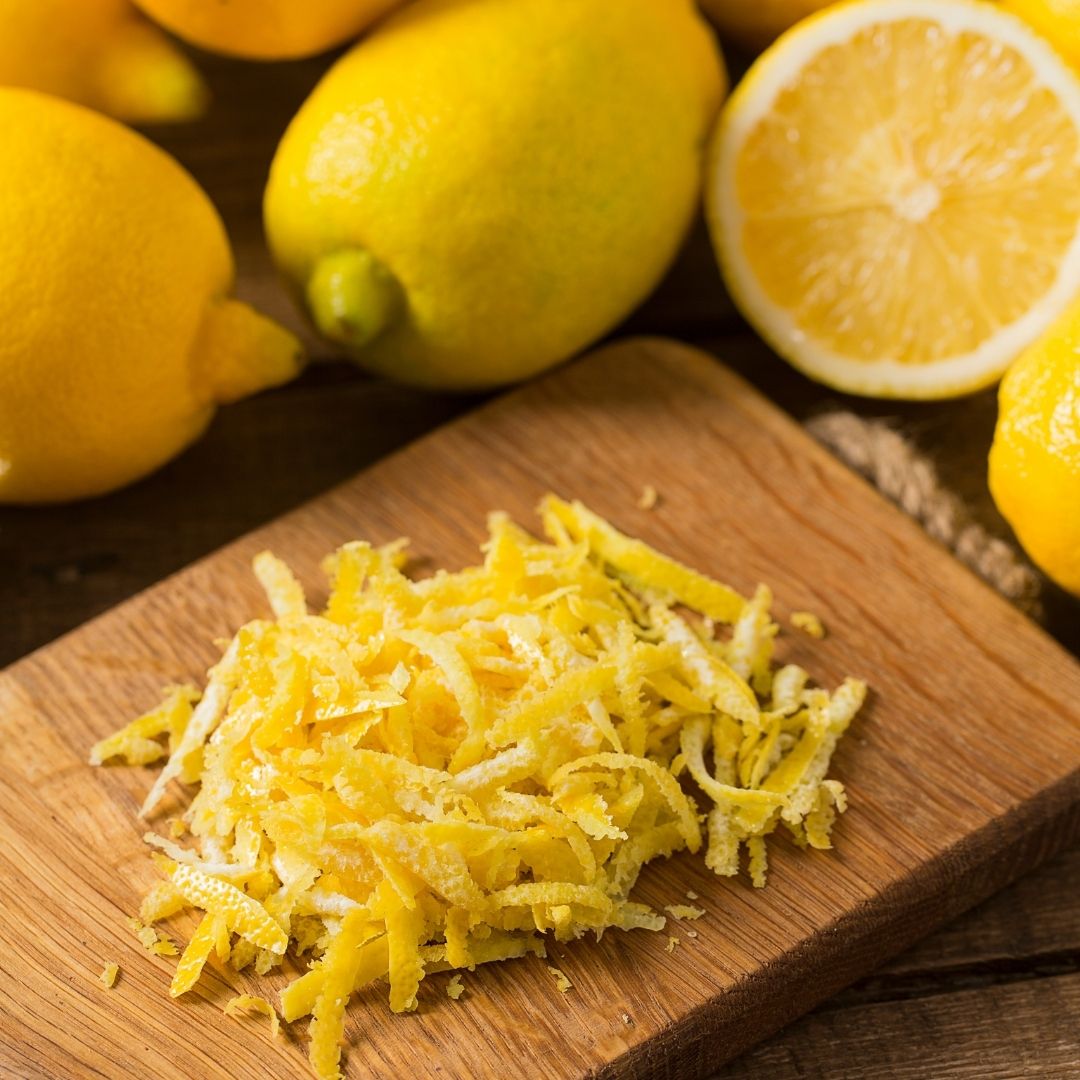
Citrus
Citrus isn’t just for summer, although we are using a ton of it in the restaurant right now.
It not only tastes great, you will feel virtuous eating it because citrus is an antioxidant packed with vitamin C—so, so healthy. It not only boosts your immune system and helps with digestion, it is a culinary delight.
My big life-changing tip for you: Don’t just use the juice. The peel contains significant vitamins and antioxidants.
I’m always zesting. The peel (which is what the zest is) are where the essential oils live, as well as all the intense flavor. Even though I have about ten different zesters (but my fav, by far, is the microplane), you don’t really need one. You can use a vegetable peeler or a cheese grater. But if you love kitchen tools as much as I do, invest in a zester. Here is an article with instructions on different ways to zest.
Storage: you can juice your citrus and store it in the fridge for… a long time. I haven’t tested how long it will last. It is a natural preservative, so it will last a long time. I like to juice a bunch of citrus at one time and use it as needed.
If you want to preserve the zest, I recommend drying it in a dehydrator. It will l as a few days in the fridge, but it will start drying out pretty quickly.
My favorite citrus? I do love me some lime. Lime is beautiful. In the summer we use a lot of lemon because the flavor is so bright. In the winter we use a lot of blood orange, which is a deeper flavor and really fun.
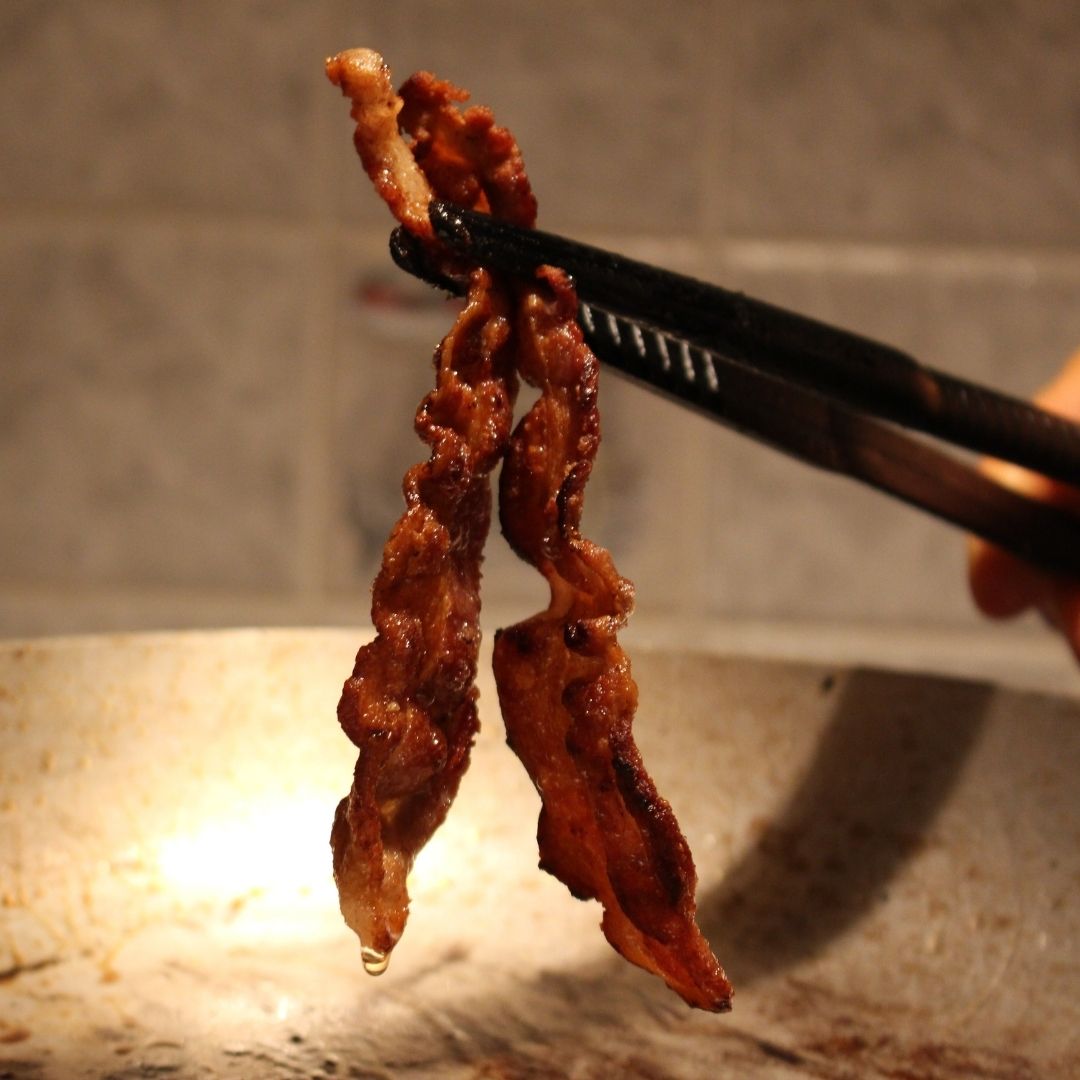
Bacon
Given that there are entire books dedicated to bacon, I won’t talk too much about that. Instead, I want to share my favorite and most unusual use of bacon.
I make a sweet and spicy bacon, which is bacon rubbed in brown sugar and chili flakes and then baked.
Here is how I prep bacon for it’s million uses.
First, I par cooking (which means cooking it to just under done.)
- Preheat your oven to 350 degrees Fahrenheit.
- Line a large baking sheet with parchment paper.
- Lay the bacon on the baking sheet.
- Cook about 15 minutes.
- Remove it from the oven and transfer to a paper towel-lined plate.
After that is done, I have bacon ready to go as needed. You can even cook the par cooked bacon longer (in the oven or on the stove top) for crispy bacon.
Bacon is insanely delicious. Not eating it all right out of the oven is HARD. But persevere. It’s worth the wait. I chop it up and sprinkle it on salads or use it in BLTs. It’s also pretty good in ice cream. Don’t judge me. Fun fact: I answer to bacon… kinda sounds like Meagan.
Bonus: you can use ALL of these ingredients together. Bacon and pepitas with a lemon, chili and garlic dressing. Oh, heck yes. Put that on some lettuce and you have a very, very healthy salad.
You are welcome.


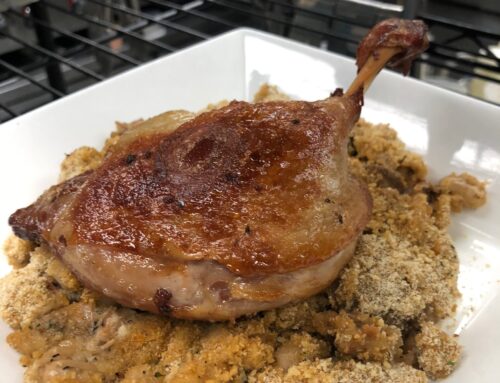



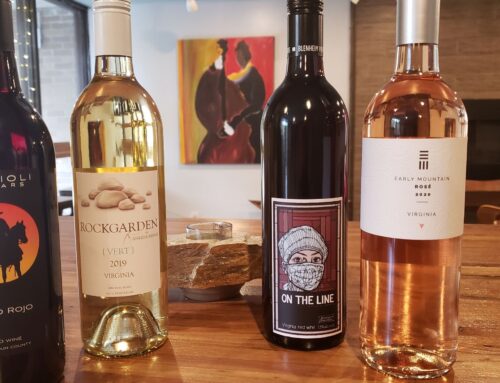
Leave A Comment